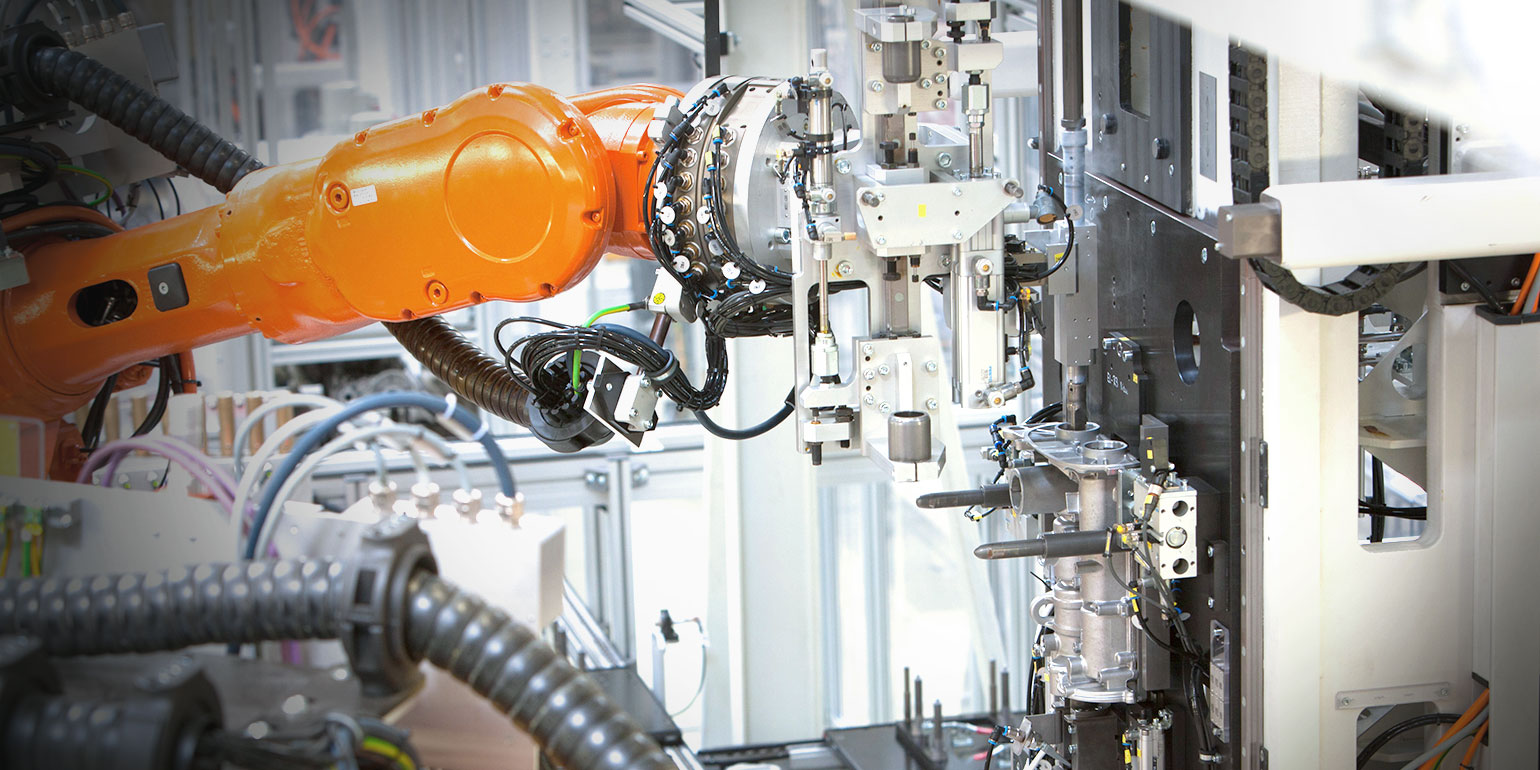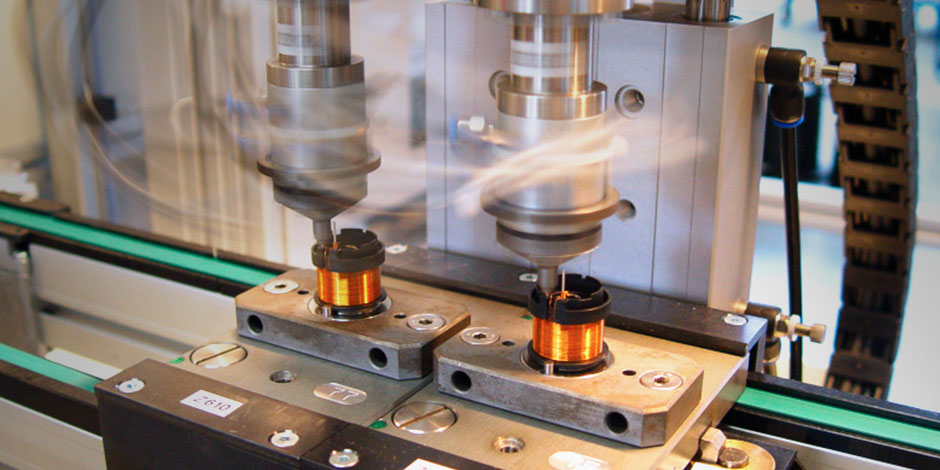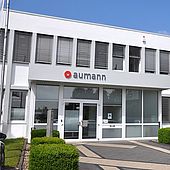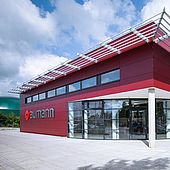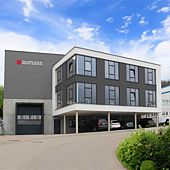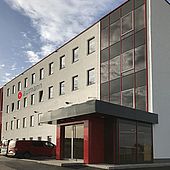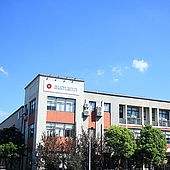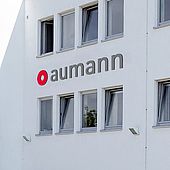Press fit is the term used to describe a special connection technology used in the production of printed circuit boards to produce solder-free electrical connecti For this purpose a press-in pin is pressed into the hole of a printed circuit board. It is essential that the pin cross-section is larger than the diameter of the hole in the printed circuit board.
The overpressing that occurs during press-in can be absorbed either by the deformation in the hole or by the deformation of the pin. Thus there are two different types of press-fit technology
"Shrink-fitting" components is an age-old process. In combination with the well-thought-out mechanical design of a joining device, a stable thermal process control system is a decisive factor in industrial applications today. Parameters such as the temporal temperature profile must be monitored and controlled reproducibly. Aumann supplies energy-efficient electromechanical solutions for high-speed, high-volume systems.
Different methods of heating are available, and the use of liquid nitrogen for material cooling must be safe in terms of both the process and personnel. We develop targeted solutions that ensure that material properties such as the component hardness are retained, and that adverse effects such as condensation do not occur at all. In this respect, our consultancy begins ideally as early as in the product development phase.
Temperature-controlled processes always involve risks in terms of process control. Our concepts integrate reliable error detection systems and strategies that help manage interruptions efficiently. Contact us to discuss these.
Expertise in every detail:
- Infrared, inductive and contact heating
- Material cooling in a nitrogen bath
- Metal-to-metal and plastic-to-metal bonding
- Maximum efficiency in terms of optimised total operating costs
Manufacturing techniques for drive motors in electric vehicles are in a state of upheaval. Traditional processes are only suitable for mass automotive production to a limited extent. Aumann offers innovative and future-proof concepts for the construction of stators.
Traditional Hairpin technology is used in the production of stators for starters and alternators. Common manufacturing processes suffer from a lack of process reliability and reliability in the field: high cabinet forces must be absorbed and a high number of welded joints under voltage pins must be guaranteed.
With Aumann into the future:
Our modern hairpin concepts put an end to these problems. Whether continuous solutions or assembly solutions with single pins without cabinets, Aumann has ideas for the future of stator production.
Aumann has experience with all relevant adhesives and processes. Whether magnets on rotors, ferrites on circuit boards or entire plastic assemblies: The result is intelligently solved adhesive processes, optimally integrated into complex production lines. Process reliability around viscosity, pressure, quantity and pot time, component positioning, adhesive thread avoidance, curing, laser or plasma cleaning.
Caulking / clinching / press-in
The caulking / clinching / press-fitting belongs to the process group joining by forming, in which the connection is achieved by forming material.
Caulking is a method of joining two workpieces together, and the resulting plastic deformation is based on a friction-locked and positive connection.
All materials that can be plastically deformed, such as plastics and metals, are suitable for caulking.
During press-fitting, small parts such as pins, bushings, balls, etc. are inserted during component completion or assembly.
The insertion of these elements is usually force-monitored and is fully integrated into production systems.
Clinching is a joining technology used to realize an inseparable connection of at least two elements with bilateral accessibility of the joint without auxiliary parts (e.g. rivets).
The advantage of "joining by forming" is the versatile, robust and design universally applicable possibility of integrating components cost-effectively into the product part.
The "crimping" joining process describes the process of forming a joint between two components Plastic deformation, e.g. by Flanging, squeeze or wrinkle. The crimp connection can only be released to a limited extent.
A frequent field of application for crimping is the making of electrical connections.
But crimping is also characterized by the mechanical assembly of parts without the use of welding or gluing, in which the parts are joined together by bending (launching) or a tight seal is achieved by hammering in the component edges, e.g. crimping of the housing upper and lower part of the brake booster.
Advantages of crimping:
-fast speed
-no thermal deformation
safety (no heating)
-economical (no consumables)
